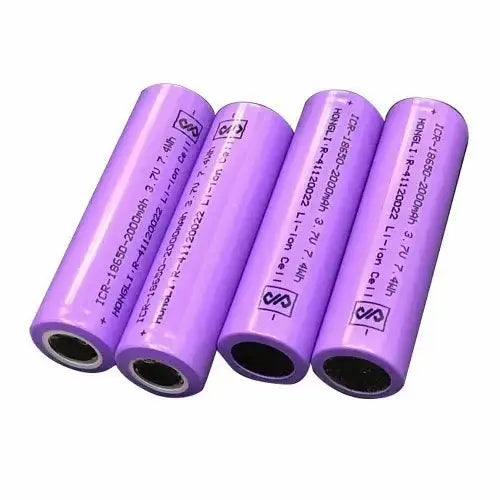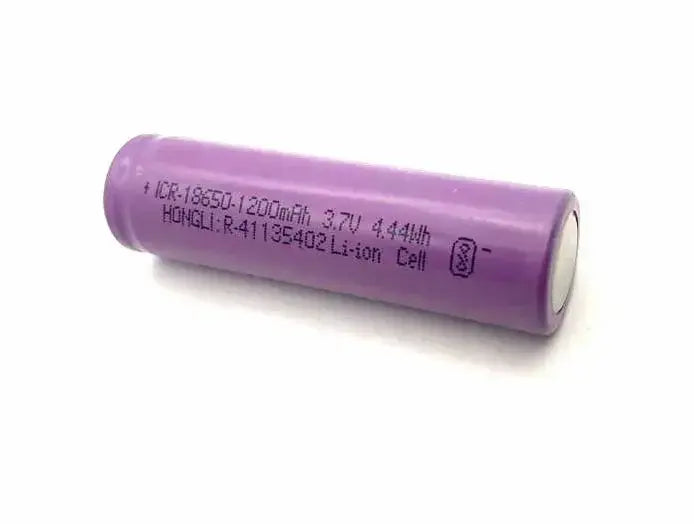Garima Electronics
Lithium Ion Battery
Lithium Ion Battery
Couldn't load pickup availability
Understanding Lithium Ion Battery
| Application Area | for Solar Appliances |
| Capacity | <1500 mAh |
| Operating Voltage | 3.7 V |
| Warranty | 1 Year |
| Weight | 0.005 -0.007 Kg |
| Storage Temperature | 10 Degree C |
| Energy (Wh) | 4.44 Wh |
| Charging Current | 5.4 A |
Our presented series of Hongli +ICR18650 1200mAh Lithium Ion Battery is enormously demanded in the market for their long-lasting nature and superior finish.
Product Details-
- Hongli: R-41120022.
- Battery Capacity-1200 mAh.
- Voltage-3.7 V.
- Weight-5-7 g.
What is a Lithium Ion Battery?
A lithium ion battery is a type of rechargeable battery that utilizes lithium ions moving from the anode to the cathode during discharge. These batteries are commonly used in portable electronics, electric vehicles, and renewable energy systems. The main reason for their popularity is their high energy density, which allows them to store more energy in a smaller space. As a result, they are lighter and more compact than traditional batteries, making them ideal for modern technology.
How Do Lithium Ion Batteries Work?
In a lithium ion battery, chemical reactions convert electrical energy into chemical energy and back. During charging, lithium ions travel from the positive electrode (cathode) to the negative electrode (anode). When the battery is used, the process reverses. This mechanism is efficient, but it requires careful management to maintain battery life and performance. Therefore, battery management systems are crucial, as they ensure the battery operates within safe limits.
Applications of Lithium Ion Batteries
Lithium ion batteries are everywhere—in smartphones, laptops, and electric cars. Their versatility and reliability have made them essential for numerous applications. For example, in electric vehicles, lithium ion batteries provide the necessary range and performance. However, they also face challenges, such as temperature sensitivity and lifespan. Despite these hurdles, ongoing research is improving their safety and efficiency, paving the way for more innovative uses in the future.
Share




